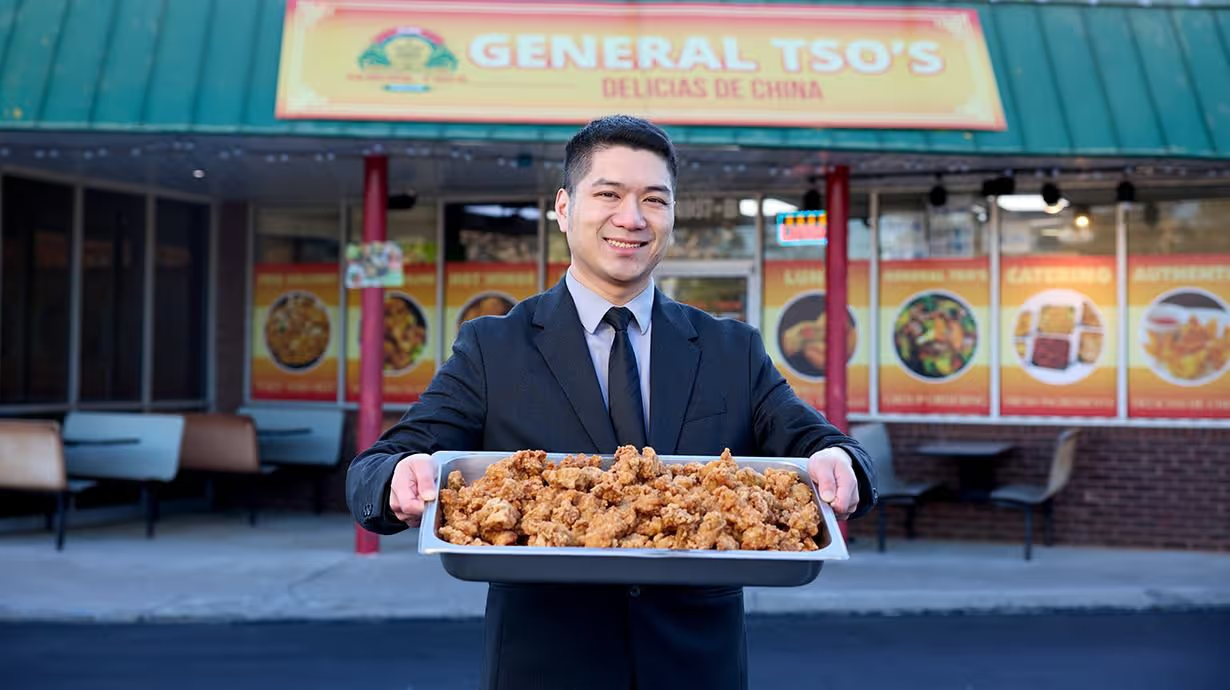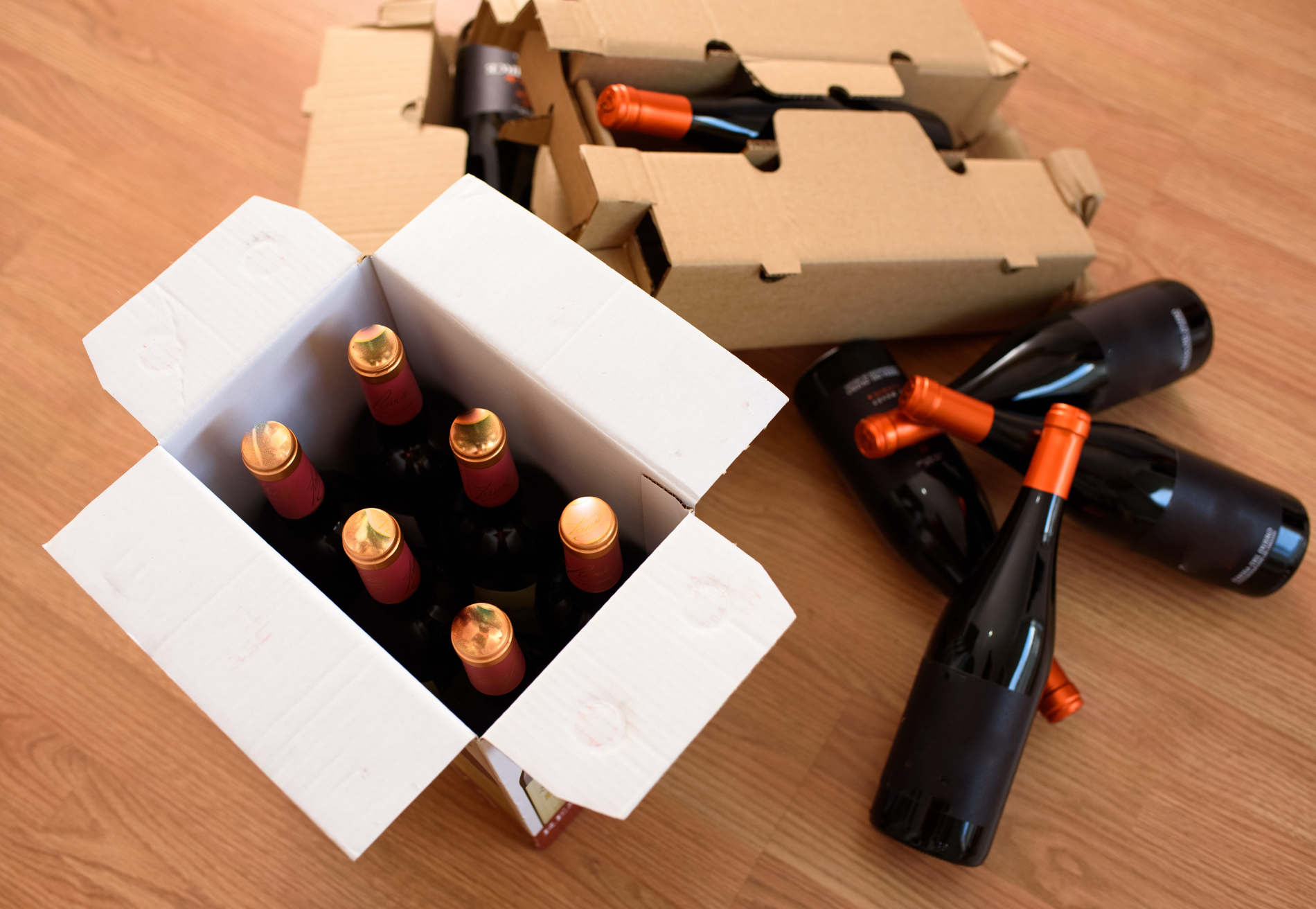Delivery Service Business Models

The delivery services sector is growing, and it’s inventing brand-new business models to adjust to new technologies that make delivery faster and more efficient. This year, according to Statista, the food delivery industry will grow by another 20%, and couriers and other local delivery services are also experiencing sustained growth at around 7%.
Delivery services cater to the growing demand for convenient and efficient delivery of various goods, and they play a crucial role in today's fast-paced world,.
In this article, we’ll explore some different models of delivery businesses that have gained prominence in recent years. Each model presents unique characteristics and business strategies, catering to specific customer segments and addressing particular market needs.
Overview of delivery service business models
With the rise of e-commerce and the increasing demand for speedy and reliable deliveries, many businesses have adopted innovative delivery service models to optimize their operations and meet customer expectations.
From courier services to food delivery, let’s explore some of these models that are transforming the way we get our products to our customers.
Courier Services
Courier services play a vital role in the global supply chain, facilitating the transportation of goods and documents across various industries. There are many different courier service models that exist.
Some of these models include:
- On-Demand Delivery: On-demand delivery models have gained significant popularity in recent years, fueled by the rapid growth of online shopping and the need for instant gratification. Courier companies leverage technology platforms and mobile applications to connect customers with delivery drivers in real time. This model ensures fast, efficient, and flexible delivery options, allowing customers to track their shipments and receive them within hours or even minutes.
- Last-Mile Delivery Optimization: Courier companies are increasingly adopting last-mile delivery optimization strategies. This includes route optimization algorithms that consider factors such as traffic conditions, delivery time windows, and package size to determine the most efficient delivery routes. Additionally, courier companies are exploring alternative modes of transportation, such as electric bikes or micro-fulfillment centers located in urban areas, to ensure faster and more sustainable last-mile deliveries.
- Locker Delivery: Courier companies partner with retail stores, gas stations, or dedicated locker facilities to provide secure delivery lockers where customers can collect their packages at their convenience. This model offers added flexibility as customers can retrieve their deliveries outside of traditional business hours and eliminates the need for failed delivery attempts or waiting for couriers at home.
- Same-Day and Time-Slot Delivery: To cater to the growing demand for time-specific deliveries, many courier services offer same-day delivery options or allow customers to choose specific time slots for delivery. This service model requires efficient logistics planning and coordination to ensure that packages are picked up and delivered within the designated time frame. By providing flexible and convenient delivery options, courier companies can cater to customers' busy schedules and enhance their overall delivery experience.
Delivery-only restaurants
Delivery-only restaurants, also known as ghost kitchens or cloud kitchens, operate solely through online orders and deliveries. These establishments eliminate the need for dine-in areas and focus entirely on preparing meals for delivery. By leveraging the growing online food delivery industry, delivery-only restaurants can reduce operational costs and target a broader customer base.
Meal delivery startups
Meal delivery startups have disrupted the traditional dining landscape by offering convenient and customizable meal options delivered directly to customer's doorsteps. These startups typically operate on a subscription or on-demand basis, providing a range of nutritious meals that cater to specific dietary preferences. By utilizing technology and innovative business models, meal delivery startups have tapped into the burgeoning demand for healthy and time-saving food options.
A subcategory of these startups, meal prep deliveries, offers pre-prepared, customizable meals delivered to customers' doorsteps. These services cater to individuals prioritizing healthy eating and time-saving. Customers choose from various meal plans, customize their orders, and receive weekly or monthly packages.
Grocery delivery services
Grocery delivery services have revolutionized the way people shop for groceries. Customers can conveniently order groceries through mobile apps or online platforms and have them delivered directly to their homes. By integrating efficient delivery systems, establishing partner relationships with supermarkets, and providing seamless user experiences, grocery delivery services have gained popularity among busy consumers seeking convenience and time savings.
Medical delivery services
In recent years, the advent of advanced technology and the growing demand for convenient and accessible healthcare services have given rise to innovative delivery service models specifically tailored for medical deliveries. These models leverage various technologies and strategies to enhance the speed, accuracy, and overall efficiency of delivering critical medical supplies.
Collaborative delivery networks harness the power of technology and coordination to optimize medical deliveries. These networks connect multiple stakeholders, including hospitals, pharmacies, courier services, and healthcare providers, through a centralized platform. By consolidating delivery requests and optimizing routes, these networks can minimize redundancy, reduce costs, and enhance delivery efficiency. They also enable real-time tracking of medical supplies, ensuring transparency and accountability throughout the delivery process.
Ultrafast delivery service
With the advent of technology and the demand for quicker deliveries, ultrafast services aim to provide time-sensitive deliveries within a short timeframe. This model requires careful planning, efficient delivery routes, and a robust fleet of delivery vehicles to ensure successful and timely deliveries.
Building a reliable delivery fleet and employing dedicated delivery agents are essential for the success of an ultrafast delivery service. The fleet should be strategically organized to optimize delivery routes, minimize fuel costs, and ensure efficient operations. Delivery agents, equipped with the necessary skills and knowledge, play a pivotal role in delivering goods promptly while ensuring customer satisfaction and a positive delivery experience.
The food delivery business model
Now, let’s go more in-depth on one particular business model: food delivery. The food delivery business model has experienced significant growth in recent years, fueled by the rise of online food delivery services and the increasing demand for convenient meal options.
In the food delivery business model, several stakeholders collaborate to ensure smooth operations. The restaurant owner or partner plays a central role by providing the food items that customers order.
Delivery partners are responsible for transporting the orders from the restaurant to the customers' doorstep. These delivery partners can either be in-house or third-party drivers that deliver meals on demand.
In the modern food business model, there are also technologies that come into play–route optimization software (like Shipday) and menu design software.
Target market and delivery service provider
Understanding the target market is crucial for a food delivery business to tailor its services effectively. By identifying customer preferences, demographics, and location, delivery service providers can optimize their operations to cater to specific needs and preferences.
For example, if your business’s customers are more eco-friendly, you might think about promoting your biodegradable food packaging and talk about the fact that your driver's routes are optimized for fuel efficiency.
Delivery options and charges:
Food delivery startups offer different types of delivery services to accommodate various customer requirements. These can include standard delivery, express delivery, or scheduled deliveries.
Each service type may have different delivery charges based on factors such as distance, order value, and peak hours. Transparent and reasonable pricing is crucial for maintaining customer satisfaction and loyalty. It’s important for restaurants to price according to delivery miles and take into account the multiple costs that it takes to prep, cook, market, and deliver their food.
Collaboration with restaurants
For independent food delivery drivers, partnerships are vital. By collaborating with a diverse range of partner restaurants, delivery service providers can offer customers a wide variety of cuisine options. These partnerships often involve commission-based arrangements, where the delivery service provider receives a flat commission fee or a percentage of the restaurant sales for each order delivered.
Leveraging technology
Mobile applications and online food delivery platforms like Shipday have become essential tools for food delivery businesses. Shipday enables customers to track their deliveries in real-time and provide feedback.
For the food delivery business, Shipday offers route optimization, tracking, and analytics that allow businesses to gain insights into their delivery operations so they can continue to optimize for efficiency and customer service. Simultaneously, they offer delivery drivers efficient routes, order details, and necessary customer information.
The online food delivery business
The advent of online food delivery marketplaces revolutionized the way consumers access their favorite meals. These platforms act as intermediaries between customers, restaurants, and delivery partners, facilitating the process of ordering and delivering food.
The food delivery business model has transformed the way people access their meals, offering convenience and a wide range of options. By considering factors such as delivery fees, target markets, operational strategies, and marketing approaches, businesses can establish themselves in the thriving online food delivery market and meet the evolving demands of customers in the demand economy.
Planning your delivery operation
Delivery businesses must carefully plan their operations to ensure timely and accurate delivery. This involves optimizing delivery routes, managing inventory and stock levels, and coordinating with delivery drivers to meet delivery time expectations.
Marketing and customer acquisition
To thrive in the competitive online space, businesses need robust marketing strategies. An online presence through websites and mobile applications is crucial, along with active engagement on social media platforms. Effective marketing campaigns, special offers, and loyalty programs can help attract and retain potential customers.
Financial aspects
Operating expenses and startup costs are key considerations for food delivery businesses. These may include courier costs, technology infrastructure, marketing expenses, and employee wages. Understanding the financial dynamics and maintaining a balance between revenue and expenses is essential for sustainable growth.
Conclusion:
The delivery service industry encompasses a multitude of business models tailored to meet the evolving needs of customers in a fast-paced world. From food delivery to courier services and innovative models such as ultrafast delivery, businesses have embraced diverse approaches to satisfy customer demands.
By understanding and leveraging these different models, entrepreneurs, and industry players can thrive in this competitive market, providing efficient, timely, and customer-centric delivery services.
Having the right technology plays an important part in building many of these business models. Dispatch software like Shipday can help your business organize and optimize your delivery operations so that you can focus on growing your business.
Book a call with one of our representatives, and get started with Shipday today!
Index
Ready to get started?
Play around with it first, add your team, pay later.








.avif)






%201.svg)
